Popular Types of Design Styles in Graphic Design
Popular Types of Design Styles in Graphic Design
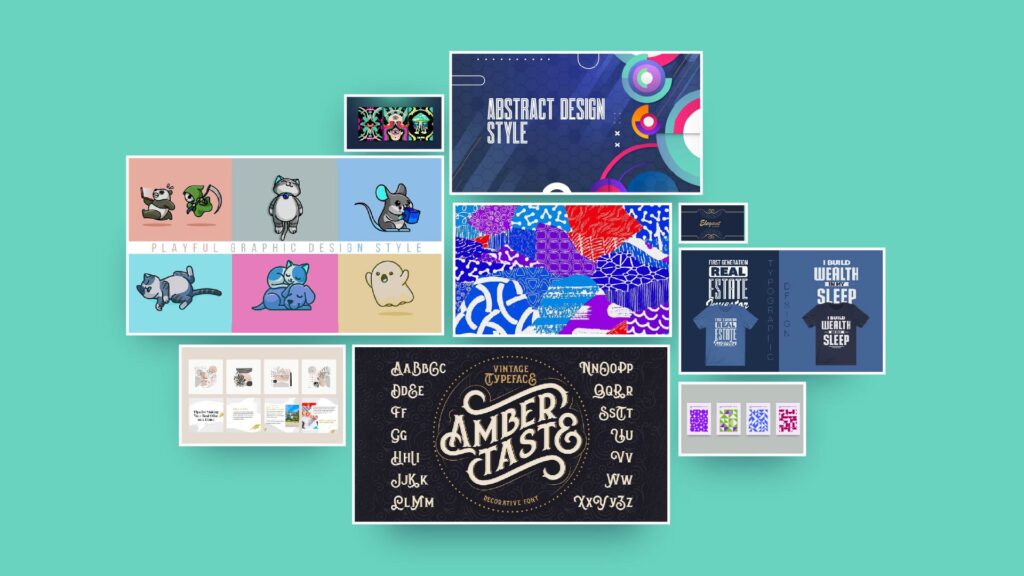
Since the Ice Age, people have been making artistic designs. Simple cave drawings composed of dirt, charcoal, and animal fat have developed into a variety of sophisticated graphic design techniques that give commercials, goods, and websites a personality of their own.
Establishing a graphic design aesthetic for your company will help it stand out both inside and outside of your target market. The marketing and design industries frequently utilize the several graphic design styles listed below.
Each design style has distinctive qualities that can be combined with those of other styles to produce original works of art.
Design Styles in Graphic Design
Here are some of the popular styles in graphic design we have listed below.
- Minimalist Design Style
- Maximalism
- Flat Design
- Typographic
- 3D design style
- Abstract
- Elegant Design
- Playful graphic design style
- Psychedelic
- Punk style
- Swiss design style
- Retro/vintage styles
Minimalist Design Style
The simplicity of minimalist graphic design defines it. It frequently employs just a few basic design components, a limited palette of hues, and a single, typically flat texture type.
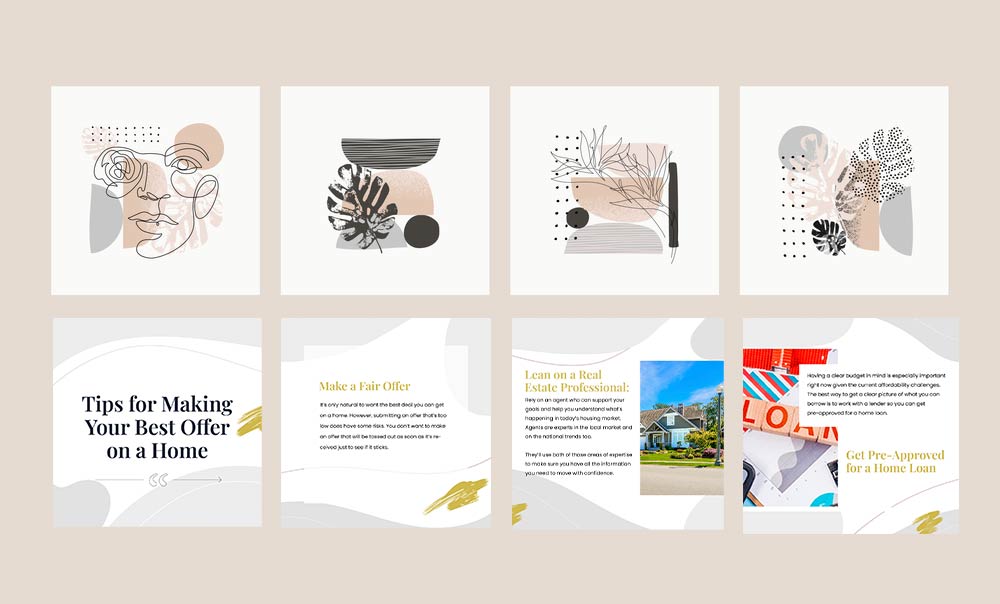
Because they are surrounded by nothing but white space when employed in imaging, the few elements in a minimalist design style almost force the observer to pay attention to them.
The style is meant to nearly disappear into the background when applied to a website or product design, allowing the features and content of the website to take center stage. Due to the fact that the content and features of the website are what draw users in the first place, minimalist design is quite popular among web designers.
This makes the design more functional and it’s essential to homepage designs because it’s the most visited page on your website.
Characteristics
- Confined color scheme
- Little shading
- Bold lines
Maximalism
The opposite of minimalism is characterized by its hostile design and overly saturated color palettes and patterns. Maximalism frequently employs irregular layouts lacking conventional balance.
This style, in contrast to minimalism, uses the entire page rather than just white space. Text, picture, and texture layering are typical maximalism techniques.
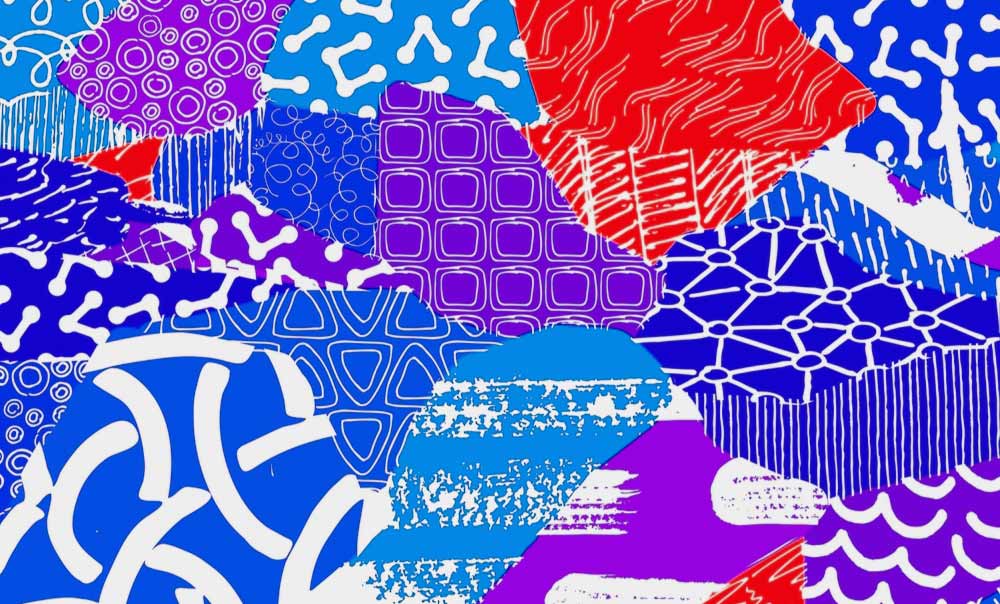
Maximalism is about embracing life’s variety and showing your personality with lots of colors, patterns, textures, and things. It’s seen in art like books, music, painting, and how we decorate rooms.
Jhonny Nez is a maximalist designer who produces stunningly vivid, bold, and shape-overlapping images.
Characteristics
- Unanticipated color scheme
- Patterns in contrast
- Bold textures and typefaces
Flat Design
A flat design is really simple. Because there is no concept of volume or 3D in flat design, it is often known as “flat” design. Simple forms and solid colors without gradients—also known as flat colors in the business—are used to draw the elements.
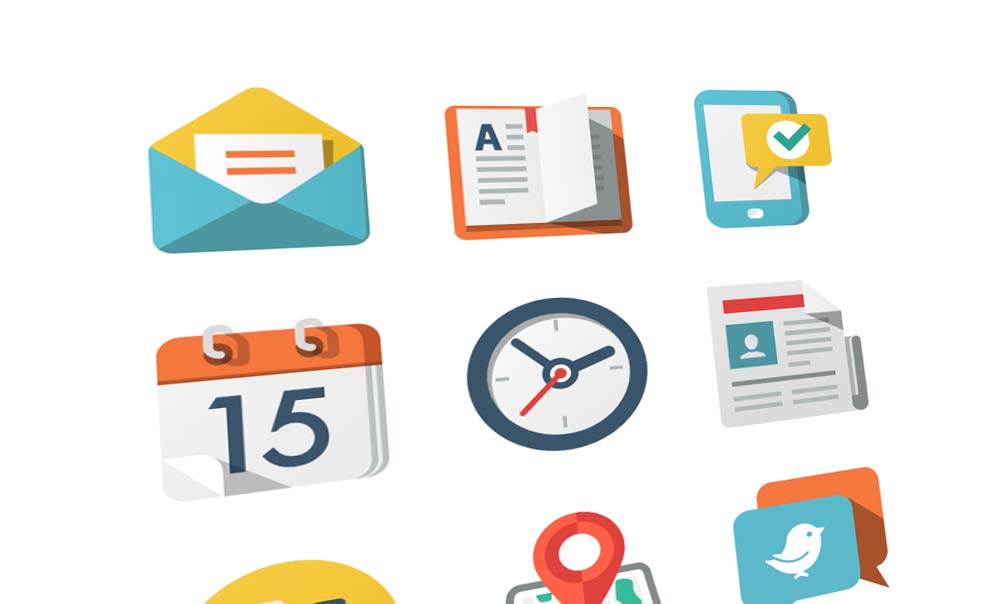
The creation of simple, clean shapes free of details is the main objective of flat design. Flat style is particularly interesting in web design since it enables one to concentrate on what is important without including unnecessary features.
Characteristics
- Lack of depth of field
- Secondary colors and neutral tones
- Angular design components
Typographic
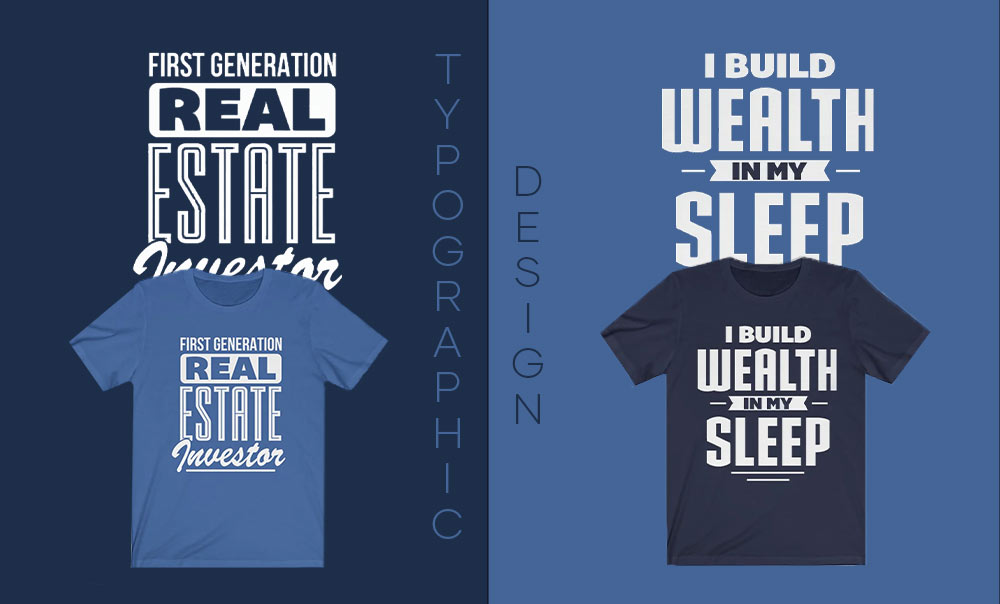
Typographic design, as the name implies, uses font styles to convey a message. The text itself is the primary element, even though the design may use illustrations or be combined with other complimentary graphic design approaches. A fantastic illustration of typographic design in action is text-based logos.
Characteristics
- Font provides the message.
- Elements are paired with additional visual styles.
- The design is centered on the font.
3D design style

This Image is Generated by Skype AI Copilot (Bing Image Creator) Powered by Dall E.
The illusion of a flat design is the opposite of what the three-dimensional artwork suggests. It has the appearance of volume and mass, giving the impression that it takes up space. Skeuomorphic designs, or the idea of making anything to mimic a real-life object, are frequently created using 3D design.
Characteristics
- The illusion of volume or depth
- Utilizes the lighting effect
- Uses several tones of a single color
Abstract
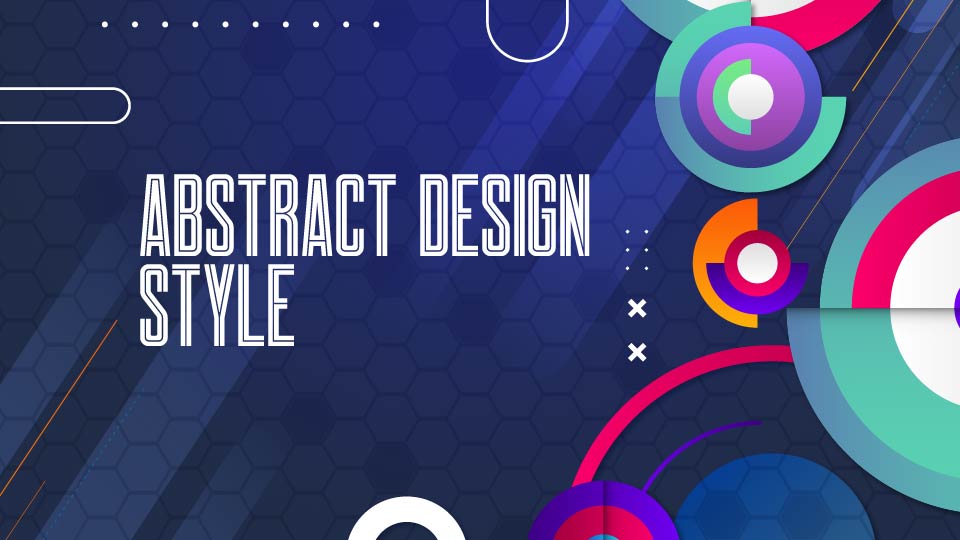
A piece of art that is abstract is one that doesn’t depend on how it appears in the real world. A blended combination of colors and shapes, typically based on the individual perception of the designer, the client, or both, results in an abstract design style.
Characteristics:
- Vague representation of a thing or an idea
- Allows for personal interpretation
Elegant Design
Clients and designers adopt an elegant design aesthetic when they wish to convey a sense of luxury to their audience or for brand image purposes. Even more traditional projects and ones that are tied to fashion frequently adopt this design.
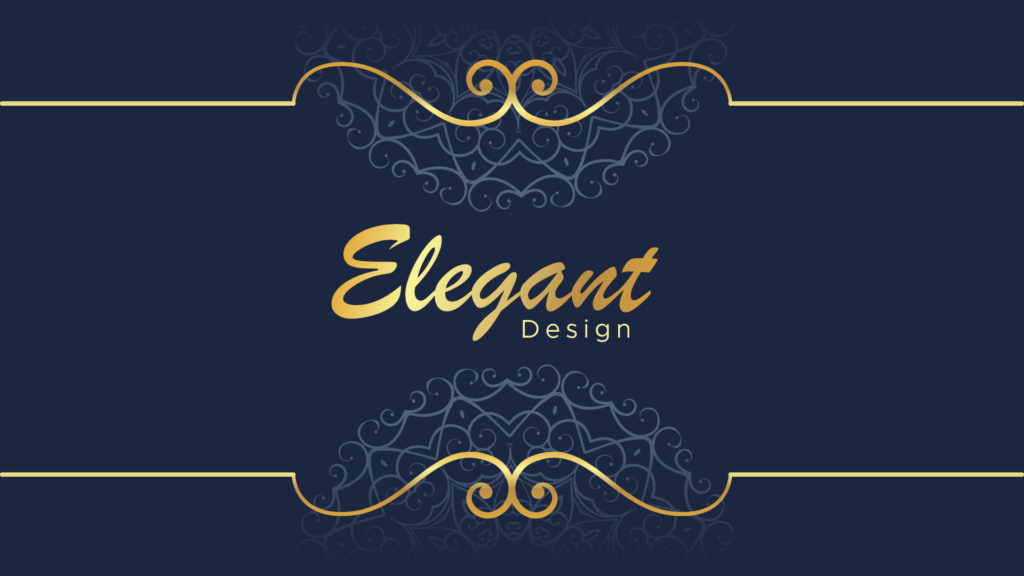
This design can use some form of texture to help create a particular atmosphere or tone that stands for expertise, elegance, and class. High-end hotels, designer clothing, and other costly items that attract customers with additional features can use this type of design approach.
The Script, Serif, and Sans-serif fonts are most commonly used for elegant design styles. Here is some more information about Typography and Typefaces that will help you a lot.
Characteristics
- Different Sans Serif fonts
- No findings
- Imagery that features delicate, form-focused close-ups
- Rich hues (pastel, gold, bronze, purple)
- Simple and conventional grid
- Hard angles, borders, narrow lines, and patterns
Playful graphic design style
The target audience for any given project must be understood by both the designer and the customer. A fun graphic design style works great for things made for families with little kids. It usually has lively, colorful drawings of animals and people, mixed with imagination.
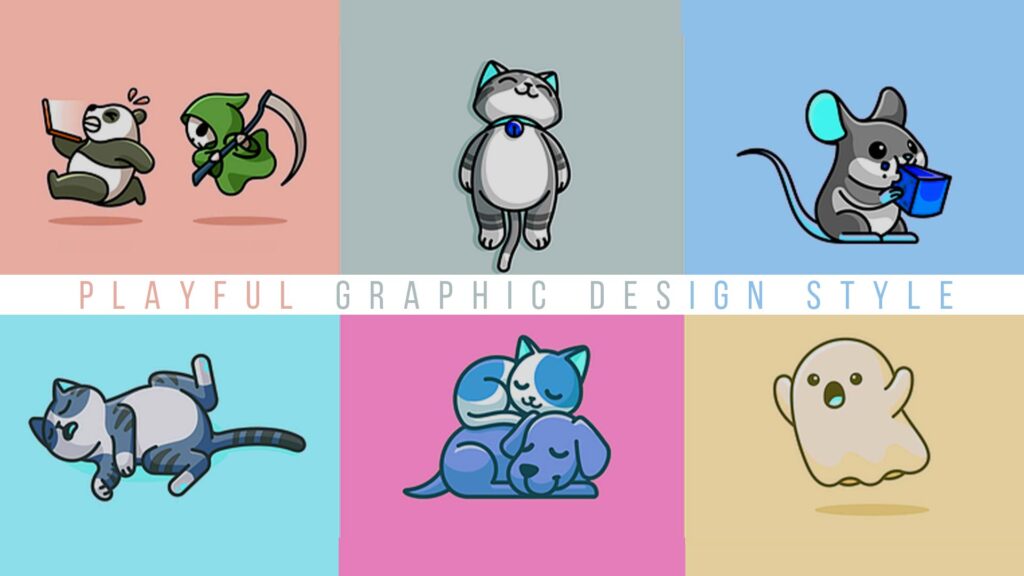
Depending on the project, amusing, light-hearted designs can be enjoyable for adults as well, but they are also very powerful when targeting youngsters or teenagers. Semi-realistic, realistic, animated, and artistic designs all have a playful aesthetic.
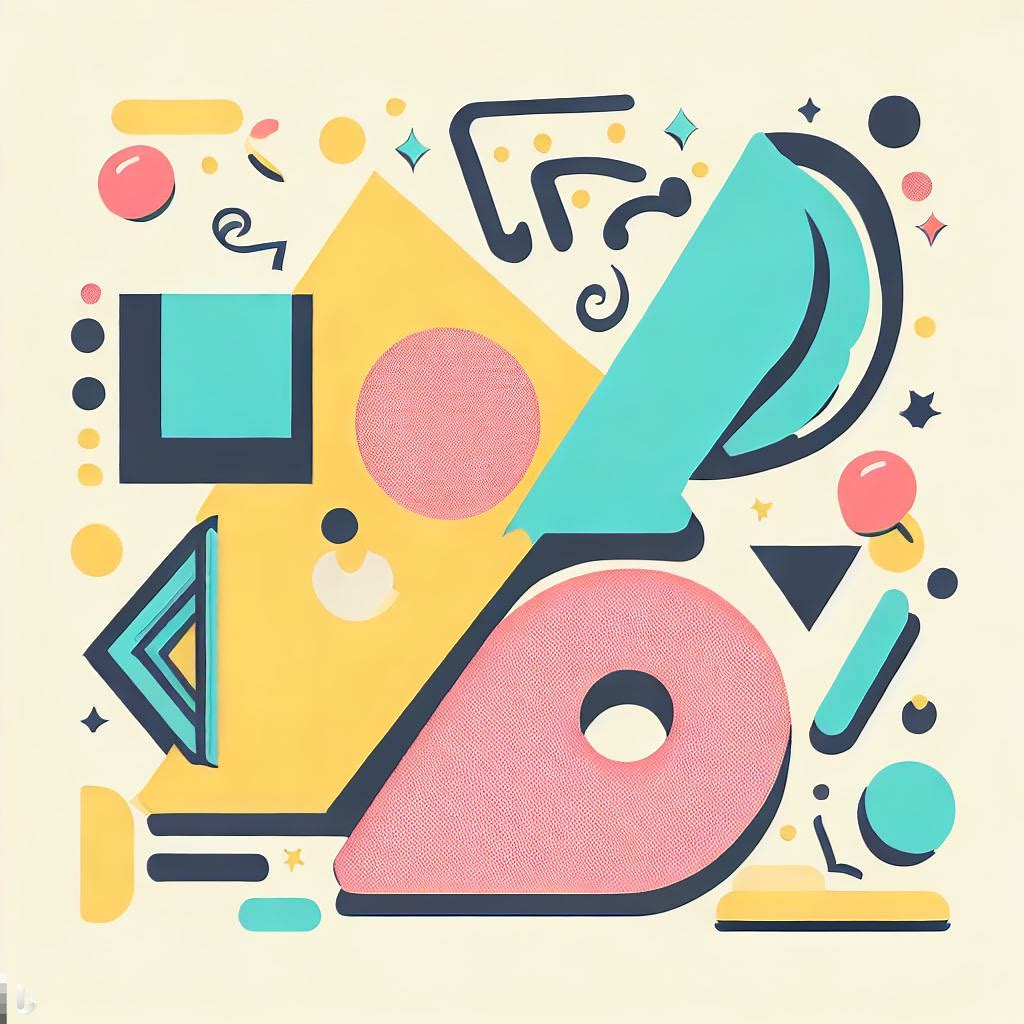
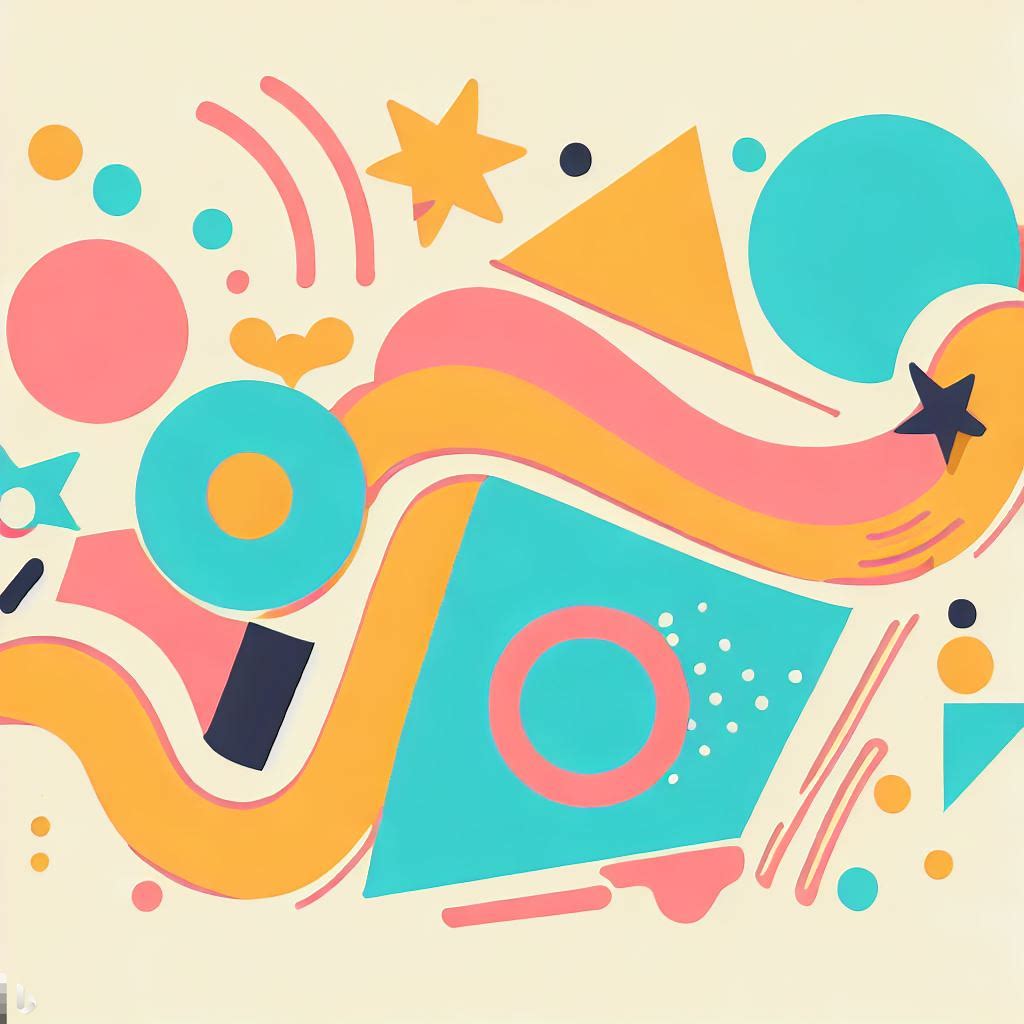
Chocolate Bar font and other similar and alternative fonts you can use for a playful and cartoonish design style.
Characteristics
- Animated figures, creatures, or objects
- Vibrant hues
- Fantasy elements could be present
Psychedelic
Psychedelic design in Graphic Design is a style of art that is influenced by the psychedelic culture and the use of hallucinogenic drugs. It often features bright colors, geometric shapes, optical illusions, and surreal imagery.
Some examples of psychedelic design are the album covers of The Beatles, Pink Floyd, and Jimi Hendrix, the posters of Wes Wilson and Victor Moscoso, and the paintings of Alex Grey and Mati Klarwein.

The 1960s and 1970s are known as the era of psychedelic design, art, and music. It held authority over the design culture throughout the decade, influencing and being impacted by the fashion, philosophy, literature, and culture of the time. Even today, the design uses it as a recycled stylization.
The 1960s to 1970s band and concert posters provide a wide reference collection for this style. Bright, clashing colors, unreadable hand-drawn curvy letters, abstracted curved shapes, and metaphysical or fantastical subjects are all used in illustrations and photographs.
Keep fonts in mind when making any design style, three things are important before making the type of design Font, Color, and Art. For this Psychedelic design, we used OI regular font to give this design a Psychedelic look, you can use other alternative and similar fonts.
Art Nouveau designs have a strong influence on the psychedelic design aesthetic, especially in the hand-drawn type and frequent usage of imagery of women or the female form.
Characteristics
- Influenced by the culture of psychedelic drugs
- Vibrant, contrasting colors
- Art Nouveau affected the usage of type and images.
- Generally unreadable and difficult-to-read hand-drawn font
- Abstracted curvy design elements
Punk design style
Bold serif and sans serif typefaces were utilized by punk designers to create the iconic punk design look. It’s interesting to note that DIY posters, album covers, and zine culture all still use the punk design aesthetic.

This image is taken from Shota Simsive (Behance)
Punk creatives may function on little to no money due to the inexpensive and widely accessible manufacturing tools of screen printing and photocopying.
Characteristics
- Screen printing effects that are matte and grainy
- Strong, high-contrast colors
- Parts of a random and inconsistent nature
- Ensemble texts
Swiss design style
The Basel School of Design and the Zurich School of Arts and Crafts were the design schools that pioneered and spearheaded the development of the Swiss style, which was characterized by objectivity, simplicity, and readability.
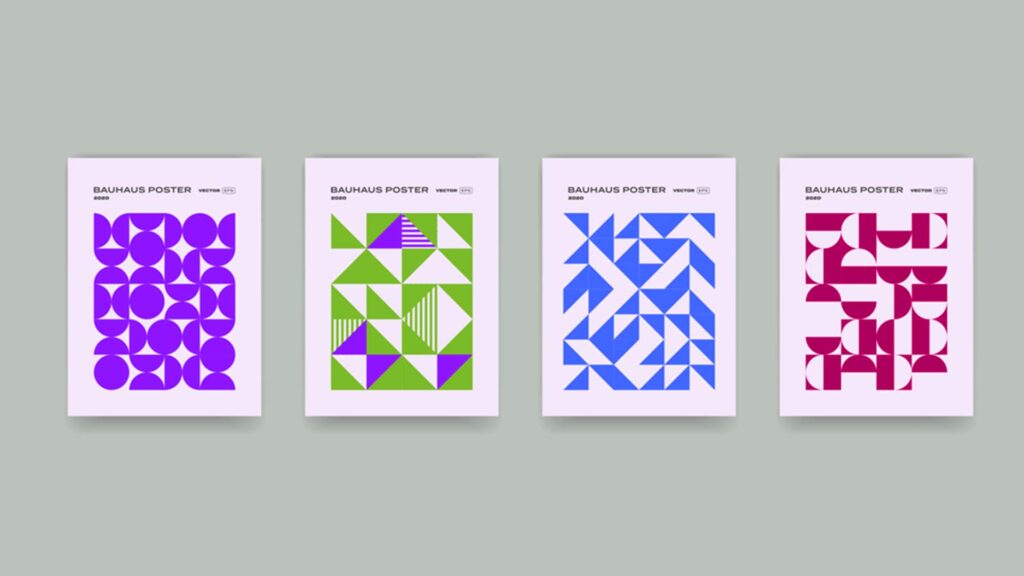
Along with the sans-serif typeface, it used grids and unbalanced layouts frequently. Swiss designs’ defining traits include typography, a general affection for photographic imagery, as well as vibrant and angular block graphics.
Characteristics
- Matte, saturated color schemes
- Asymmetrical arrangements
- Use of negative space throughout
- Widely used Sans serif fonts
- Basic and clear style
Retro/Vintage style
The graphic designer uses components from vintage design styles or draws inspiration from them when using the retro design style. Since there are so many various vintage styles, it’s a broad phrase. In product design, retro is growing in popularity.
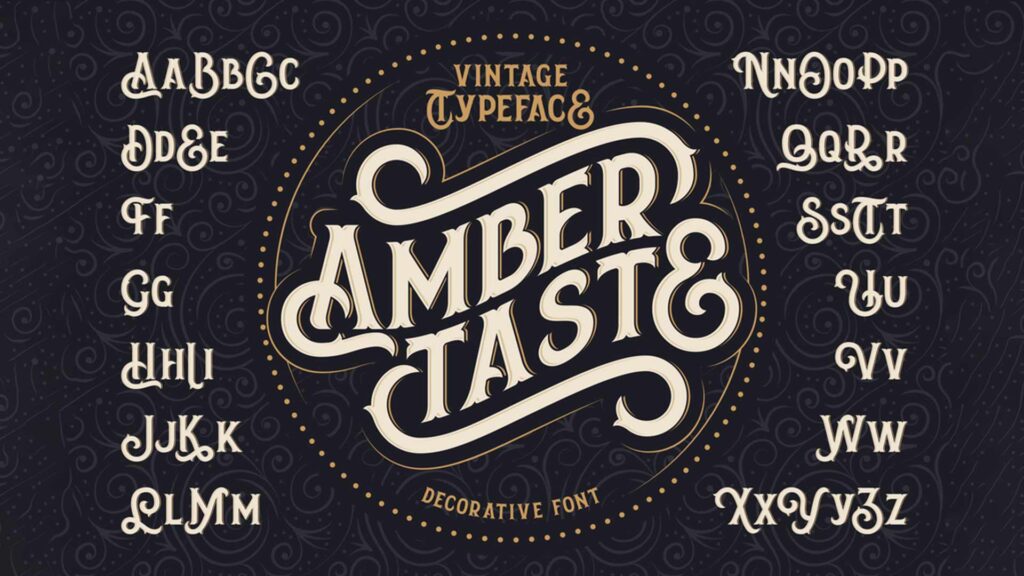
Many product packaging and produce logos feature vintage styles. It’s also frequently employed in various service-related businesses. the industry of hospitality, for instance. An ancient hotel will almost certainly feature a retro logo since it conveys a sense of reliability and trust to customers.
Characteristics
- Vintage fonts
- Vintage and modern elements were combined
There are other many other designs that have not been mentioned with the passage of time we will include them but for now, these are the most commonly used design styles you can follow for different brands.
Conclusion
In conclusion, graphic design offers a wide range of styles, along with its unique features and purposes. The project’s goals, target audience, and desired psychological effect all go into the choice of a particular style.
Additionally, the field of graphic design is constantly evolving, with new designs appearing and older ones changing to reflect modern trends. The ability to understand and excel in many graphic styles is an essential skill for any designer looking to create visually engaging content.
Related Topics